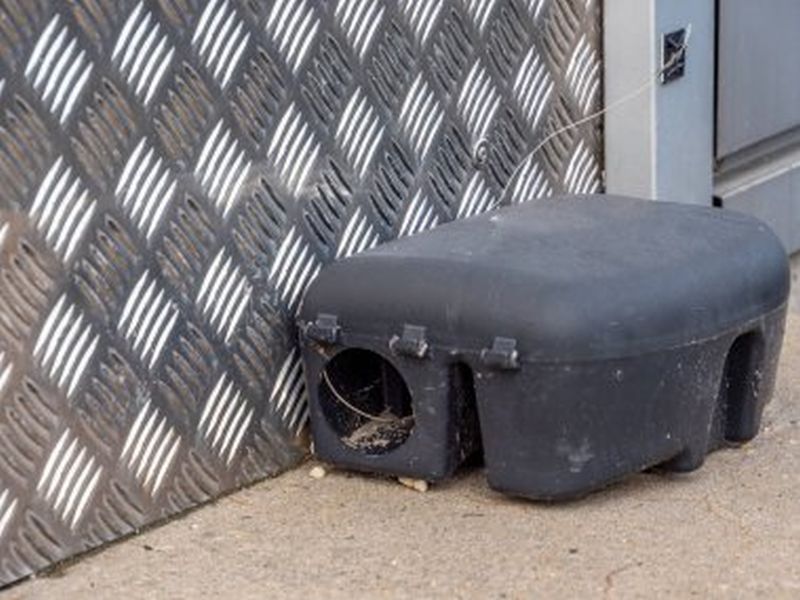Pest control is a crucial aspect of maintaining a healthy and safe living environment. Rats, in particular, are one of the most common pests that can infest homes and businesses. These rodents not only cause damage to property but also pose serious health risks due to their ability to spread diseases through their droppings and urine.
Over the years, various methods have been used to eradicate rats, ranging from traps and baits to chemical pesticides. However, with growing concerns about the environmental impact of traditional pest control methods, there has been a push for more innovative and sustainable solutions for rat eradication.
One such innovation is the use of ultrasonic devices that emit high-frequency sound waves to deter rats from entering an area. These devices are non-toxic and do not harm humans or pets, making them a safe alternative to chemical pesticides. The sound waves emitted by these devices are unpleasant for rats and can drive them away from an infested area without causing any harm.
Another innovative approach to rat eradication is the use of biological Effective Rodent Control Solutions methods. This involves introducing natural predators or parasites that feed on rats into an infested area. For example, barn owls are known to be effective predators of rats and can help keep their population in check. Similarly, certain species of parasitic wasps can be used to target rat populations by laying eggs inside rat hosts.
In addition to these new approaches, advancements in technology have also played a significant role in improving pest control measures for rat eradication. For instance, smart traps equipped with sensors and cameras can detect when a rat has been caught and send alerts to homeowners or pest control professionals. This allows for quicker removal of trapped rats and helps prevent further infestations.
Furthermore, remote monitoring systems using GPS technology have made it easier for pest control companies to track rodent activity in real-time. By analyzing data collected from these systems, experts can identify high-risk areas for rat infestation and implement targeted strategies for eradication.
Despite these innovations in pest control technology, it is important to note that prevention remains key in effectively managing rat infestations. Simple measures such as sealing cracks and crevices in buildings, keeping food stored securely, and maintaining cleanliness can go a long way in deterring rats from entering homes or businesses.
In conclusion, while traditional methods like traps and baits continue to be effective tools for rat eradication, the development of new technologies and biological control methods offer promising alternatives that are safer for both humans and the environment. By embracing these innovations alongside preventative measures, we can better protect our properties from unwanted rodent guests while promoting sustainability in pest management practices.




